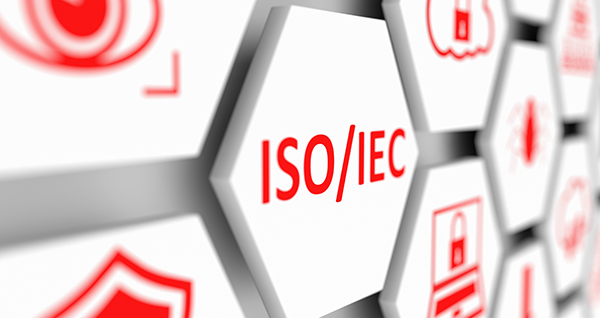
Content sponsored by Millstone Medical Outsourcing
Increased regulatory oversight is shaping medical device packaging worldwide. Global unique device identification (UDI) and ISO updates are among the regulations and standards that companies must monitor in the coming years.
UDI guidance plays a large role in this increase of regulatory oversight, says Marcus Corzilius, UL’s Director for Medical Device Testing in Europe. “Medical device packaging is influenced in a number of ways,“ Corzilius says. “On the regulatory side in Europe, we’ve seen increased oversight [over the last] few years even though the particular requirements related to medical device packaging do not change a lot with the Medical Device Regulation coming into force.”
Regarding UDI and packaging/sterilizing considerations, Corzilius explains that, “When we look at the marking and identification of medical devices, the standardized global UDI imposes many obligations which go far beyond previous requirements and also affect device packaging.”
Several other standards must be considered when developing medical device packaging. Regulatory agencies continue to evaluate manufacturing environmental guidelines, as well as the logistics environment. These guidelines include but are not limited to ISO 11607-1 Packaging for Terminally Sterilized Medical Devices; Requirements for Materials, Sterile Barrier Systems and Packaging Systems and ISO 11607-2: Validation Requirements for Forming, Sealing and Assembly Processes.
“Both ISO 11607-1 and 11607-2 are harmonized standards under the MDD in Europe and listed as Recognized Consensus Standards with FDA,” Corzilius says. “Both are under review, and the next expected step is the draft international standard (ISO/DIS).”
ISO 11607, last revised in 2006, is expected to be published in first half of 2019 according to multiple reports.In addition, a 2016 revision to ISO 13485: Medical devices, Quality Management Systems — Requirements for Regulatory Purposes now covers the life cycle of a medical device, including sterile barrier systems, storage, distribution and disposal. It also increases the focus on “work environments,” addressing locations in which sterile items are handled and packaged.
To more easily navigate the regulatory process, OEMs are advised to consult with packaging experts early in the research and development process — before a regulatory body arrives with the news that personnel or resources are inadequate.
Rob Meyer is ORTHOWORLD’s Senior Editor.




